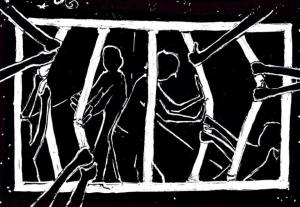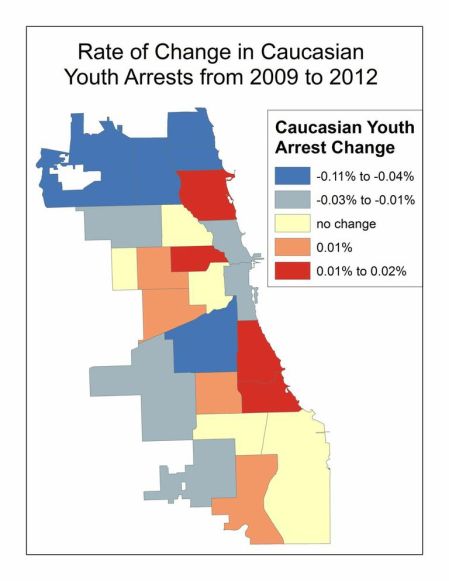Measure of America released a report (PDF) this week that “that ranks the 25 most populous U.S. metro areas by the share of young adults between the ages of 16 and 24 who are neither working nor in school.” The report titled “Halve the Gap by 2030: Youth Disconnection in America’s Cities” was co-authored by Sarah Burd-Sharps and Kristen Lewis.
According to the report, nearly 6 million young people (or 1 in 7) are disconnected. According to the study:
“Disconnected youth are people between the ages of 16 and 24 who are neither in school nor working. Young people in this age range who are working or in school part-time or who are in the military are not considered disconnected. Youth disconnection rates in this report are calculated by Measure of America using employment and enrollment data from the 2011 American Community Survey (ACS) of the US Census Bureau.”
Some of the key national findings from the study are as follows:
· More than one in every seven young people in America — 5.8 million teens and young adults between the ages of 16 and 24— is unemployed and not enrolled in school.
· The lowest rates of youth disconnection among the 25 most populated cities are found in Boston (9.2 percent), Minneapolis (9.5 percent), and Washington, DC (11.3 percent).
· The highest rates of youth disconnection among the 25 most populated cities are found in San Bernardino (18.8 percent), Detroit (17.4 percent), and Charlotte (17.3 percent).
· The greatest differences in youth disconnection rates are found within cities as opposed to between cities. In Chicago, New York, and Detroit, gaps of approximately 30 percentage points separate neighborhoods within the same city.
· Major differences in youth disconnection rates also exist based on race and ethnicity. In Pittsburgh and St. Louis, one in every four African American youths is disconnected, compared to one in every ten white youths. Nationwide, African Americans are about three times as likely as Asian Americans and twice as likely as whites to be disconnected in their teens and early twenties.
Some of the findings specific to the Chicago metro area are as follows:
[Please note that the Chicago metro area includes: Cook, DeKalb, DuPage,
Grundy, Kane, Kendall, McHenry, Will, and Lake Counties in Illinois;
Jasper, Lake, Newton, and Porter Counties in Indiana; and Kenosha
County in Wisconsin.]
. The rate of youth disconnection in Chicago is 14.1 percent ranking 9th best
among the 25 most populated cities. That’s a total of 166,047 young people.
In Chicago, 24.9% of African American youth 16 to 24 is disconnected while 15.6% of Latino youth and 9.2% of white youth are.
. Chicago registers a 15.7 percentage point gap between whites and African
Americans, the third-largest gap among all of the cities.
. In Chicago, Lake View and Lincoln Park have a youth disconnection rate of 2.9%, compared to South Lawndale and the Lower West Side with a rate of 33.2%.
. In Chicago, youth disconnection rates among the major racial and ethnic groups differ considerably from national averages. Both Latinos and whites in Chicago are more likely to have positive outcomes in terms of youth connection than their national counterparts. On the other hand, African Americans in Chicago have worse outcomes than African Americans nationally. Chicago African Americans have the third highest rate of disconnection after Detroit and Philadelphia. One in four African Americans is disconnected, more than two and a half times higher than the rate of their white neighbors. Latinos are at the other end of the spectrum. Only San Francisco and Washington, DC have better outcomes for Latinos. As a result of these extremes, Chicago has one of the highest gaps by race and ethnicity. Nearly sixteen percentage points separate African Americans and whites, the third highest gap after New York and Philadelphia.
.










